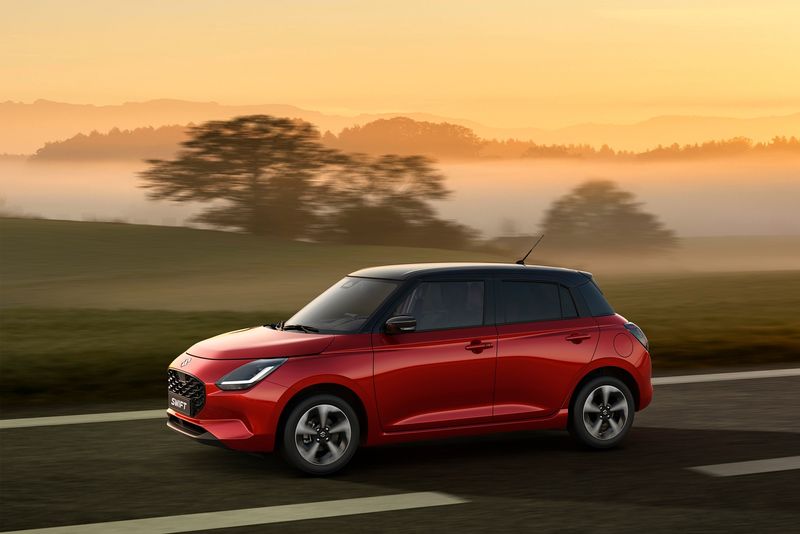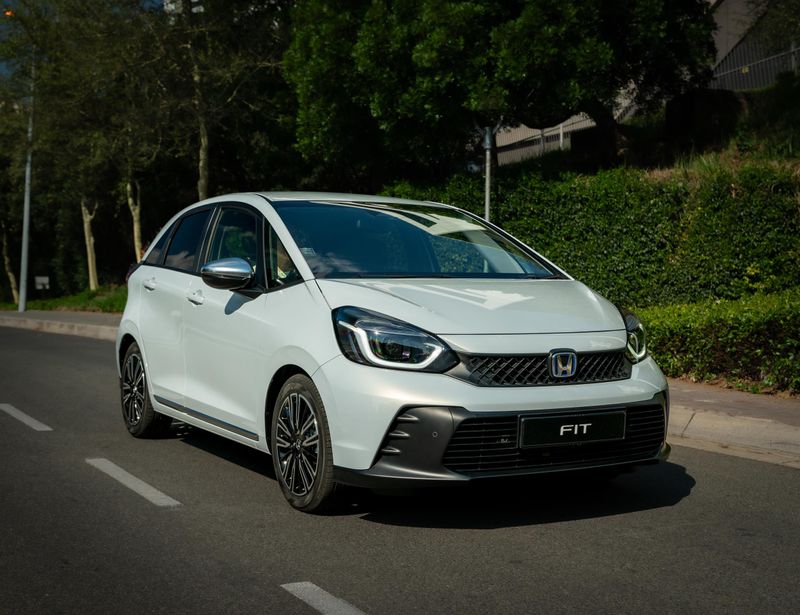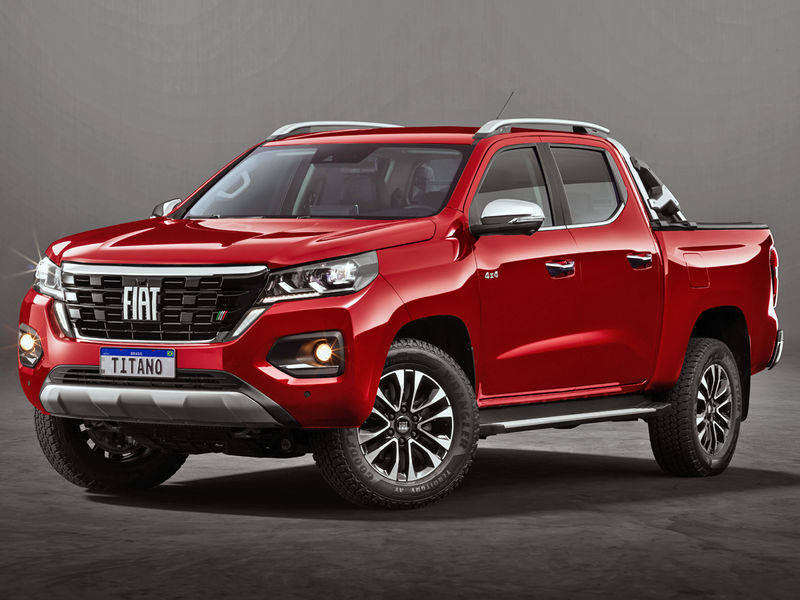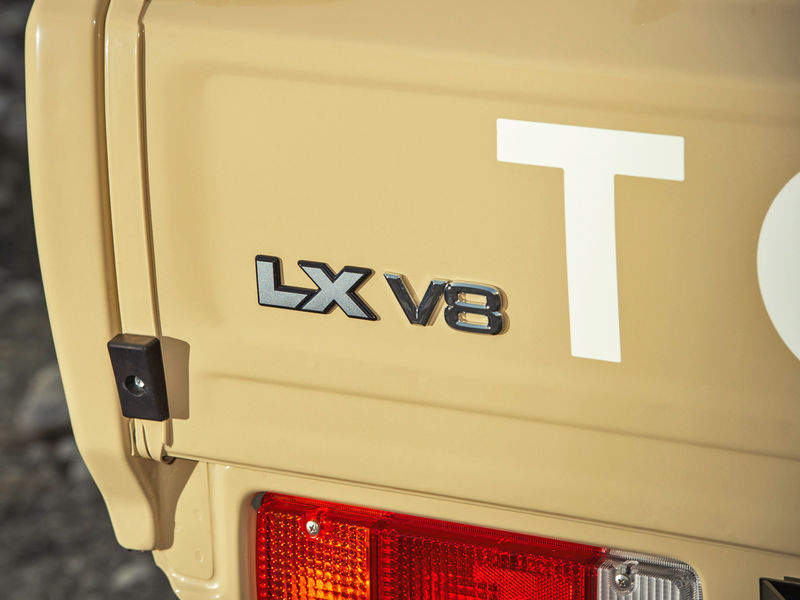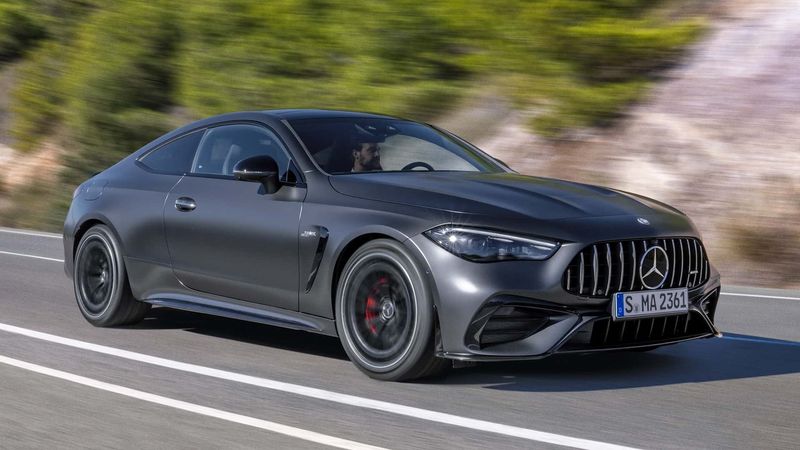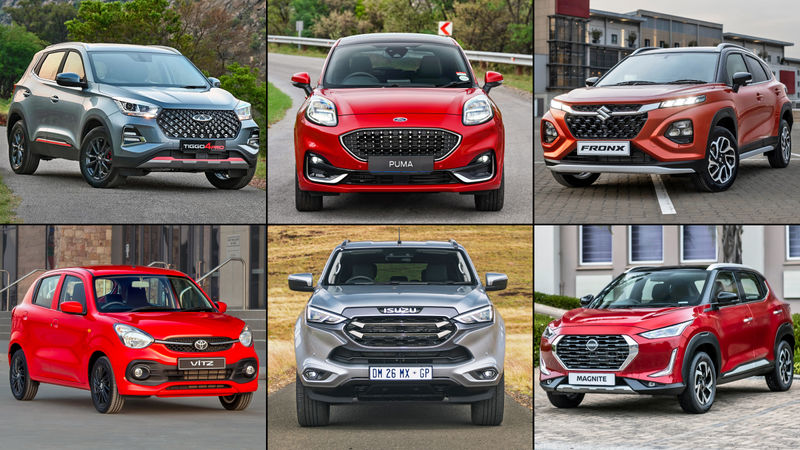Volvo Car Corporation is increasing production of its Volvo V60 Diesel Hybrid from 1000 units for 2013 to between 4000 and 6000 units for the 2014 model year. The assembly of the worlds first diesel plug-in hybrid has now been integrated on the same assembly line used for Volvos other models at the Torslanda plant in Gothenburg, Sweden.
We are first in the industry to integrate a plug-in hybrid in an established production flow together with other car models. The integration in the standard production flow gives the plug-in hybrid buyer the possibility to choose in principle all options available for the standard V60 says Peter Mertens, Senior Vice President Research and Development at Volvo Car Corporation.
The additional equipment and systems used for the Volvo V60 Diesel Hybrid has resulted in parts of the final assembly line being rebuilt and modified to allow for the smooth integration of 300 additional parts used for the V60 plug-in hybrid compared to an equivalent V60.
For example, the electric motor along with its drive shafts is fitted on the same station as the final drive on the standard four-wheel drive models. The cooling system and the high voltage cables are assembled on the Pallet, which is used to assemble the cars drive train and chassis parts. The battery pack is lifted in through the cars tailgate, short side forward and it is then spun a quarter of a turn in the passenger compartment, a manoeuvre that takes 60 seconds and carried out with less than 20 millimetres to spare.
The 11.2 kWh lithium-type battery is the single most complex system in the car. The precision manoeuvre to get it in place is an excellent example of the state-of-the-art assembly process, says Peter Mertens.
Increasing demand for Volvo V60 Diesel Hybrid
The Volvo V60 Diesel Hybrid is the result of collaboration between Volvo Car Corporation and Swedish electricity supplier Vattenfall who have jointly financed the development project.
The V60 Plug-in Hybrid is a unique car, a historic step not only for Volvo Car Corporation but for the entire car industry. The first years 1,000-car batch was sold out even before the car reached the showrooms and the order books for next years cars are already filling up, concludes Mertens.
